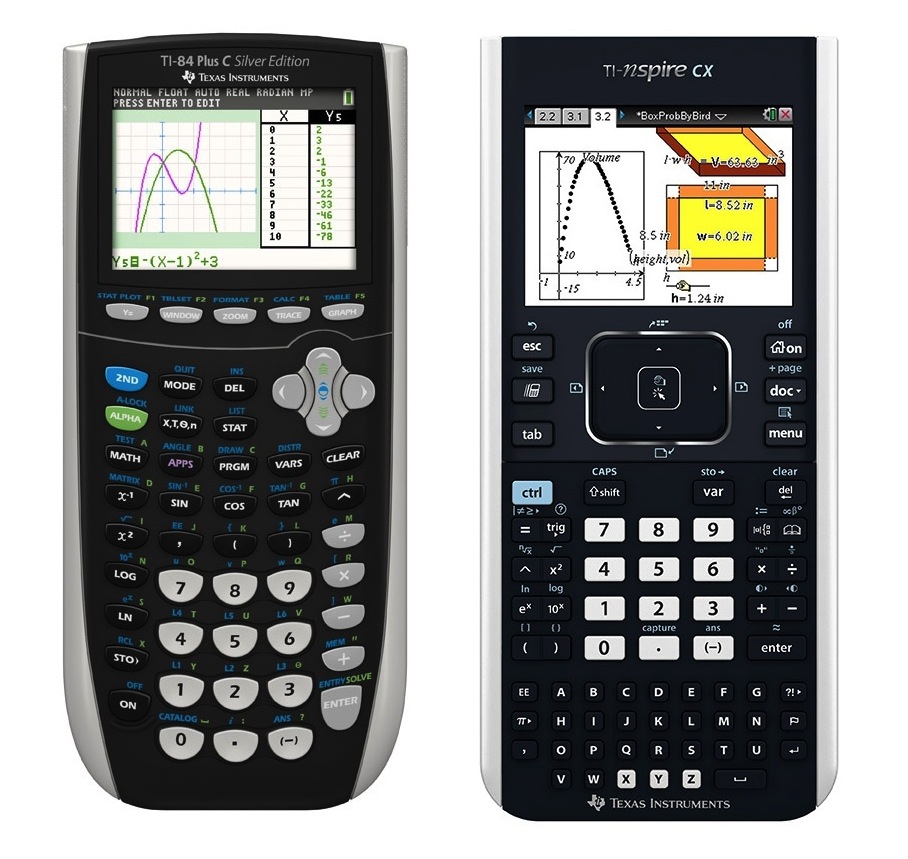| << Chapter < Page | Chapter >> Page > |
These innovative activities were developed by Barbara Illowsky and Susan Dean in order to offer students the experience of designing, implementing, and interpreting statistical analyses. They are drawn from actual experiments and data-gathering processes, and offer a unique hands-on and collaborative experience. The labs provide a foundation for further learning and classroom interaction that will produce a meaningful application of statistics.
Statistics Labs appear at the end of each chapter, and begin with student learning outcomes, general estimates for time on task, and any global implementation notes. Students are then provided step-by-step guidance, including sample data tables and calculation prompts. The detailed assistance will help the students successfully apply the concepts in the text and lay the groundwork for future collaborative or individual work.
| Barbara Illowsky | De Anza College |
| Susan Dean | De Anza College |
| Abdulhamid Sukar | Cameron University |
| Abraham Biggs | Broward Community College |
| Adam Pennell | Greensboro College |
| Alexander Kolovos | |
| Andrew Wiesner | Pennsylvania State University |
| Ann Flanigan | Kapiolani Community College |
| Benjamin Ngwudike | Jackson State University |
| Birgit Aquilonius | West Valley College |
| Bryan Blount | Kentucky Wesleyan College |
| Carol Olmstead | De Anza College |
| Carol Weideman | St. Petersburg College |
| Charles Ashbacher | Upper Iowa University, Cedar Rapids |
| Charles Klein | De Anza College |
| Cheryl Wartman | University of Prince Edward Island |
| Cindy Moss | Skyline College |
| Daniel Birmajer | Nazareth College |
| David Bosworth | Hutchinson Community College |
| David French | Tidewater Community College |
| Dennis Walsh | Middle Tennessee State University |
| Diane Mathios | De Anza College |
| Ernest Bonat | Portland Community College |
| Frank Snow | De Anza College |
| George Bratton | University of Central Arkansas |
| Inna Grushko | De Anza College |
| Janice Hector | De Anza College |
| Javier Rueda | De Anza College |
| Jeffery Taub | Maine Maritime Academy |
| Jim Helmreich | Marist College |
| Jim Lucas | De Anza College |
| Jing Chang | College of Saint Mary |
| John Thomas | College of Lake County |
| Jonathan Oaks | Macomb Community College |
| Kathy Plum | De Anza College |
| Larry Green | Lake Tahoe Community College |
| Laurel Chiappetta | University of Pittsburgh |
| Lenore Desilets | De Anza College |
| Lisa Markus | De Anza College |
| Lisa Rosenberg | Elon University |
| Lynette Kenyon | Collin County Community College |
| Mark Mills | Central College |
| Mary Jo Kane | De Anza College |
| Mary Teegarden | San Diego Mesa College |
| Matthew Einsohn | Prescott College |
| Mel Jacobsen | Snow College |
| Michael Greenwich | College of Southern Nevada |
| Miriam Masullo | SUNY Purchase |
| Mo Geraghty | De Anza College |
| Nydia Nelson | St. Petersburg College |
| Philip J. Verrecchia | York College of Pennsylvania |
| Robert Henderson | Stephen F. Austin State University |
| Robert McDevitt | Germanna Community College |
| Roberta Bloom | De Anza College |
| Rupinder Sekhon | De Anza College |
| Sara Lenhart | Christopher Newport University |
| Sarah Boslaugh | Kennesaw State University |
| Sheldon Lee | Viterbo University |
| Sheri Boyd | Rollins College |
| Sudipta Roy | Kankakee Community College |
| Travis Short | St. Petersburg College |
| Valier Hauber | De Anza College |
| Vladimir Logvenenko | De Anza College |
| Wendy Lightheart | Lane Community College |
| Yvonne Sandoval | Pima Community College |


Notification Switch
Would you like to follow the 'Introductory statistics' conversation and receive update notifications?